A few weeks ago, I bridged Greece’s ancient wine history with its modern winemaking in Crete.
Along with being the foundation of Western civilization, Greece developed its winemaking more than 6,000 years ago and gave us the wine god Dionysus. Crete is Greece’s largest island, traces its history to the Minoan civilization from 2700 B.C. In the morning, before the blazing Mediterranean summer sun baked the island, I visited Vathyperto, an archeological winemaking site, where Minoans crushed grapes and fermented the juice in stone containers and stored it in amphoras. Protecting the wine from the fierce heat, the amphoras were stored in subterranean rooms.
The scorching sun bearing down on my every move, I was happy to step into the 21st century air-conditioned Alexakis winery. Stelios Alexakis was a chemical engineer and enologist when he founded the winery in 1977. Today, it is the largest private winery in Crete, and he is assisted by his sons Lazaros and Apostolos, graduates of enology programs at the University of Florence and Fresno State University in California, respectively.
As Apostolos poured his pure 2012 Vidiano wine into my glass, he called the vidiano grape one of the most promising indigenous varieties in Crete. Capturing that potential in Crete’s intense heat requires Alexakis to employ the unusual and creative techniques of putting the grapes in a refrigerated truck immediately after cutting them from the vine, and cooling them on dry ice at the winery before starting fermentation in stainless steel tanks. The procedures capture the natural floral aromas, lively fruit flavors and acidity of vidiano.
Unbeknownst to Apostolos, the glass of vidiano he poured was the third time I tasted the 2012 Alexakis Vidiano since May; the previous two times were in New York City. Regardless of the location, the wine’s floral aroma is delightful, and its clean, crisp white fruit flavor with a touch of citrus and minerality in the finish is ideal for summer weather.
Serve the 2012 Alexakis Vidiano as an aperitif, with crab cakes, seafood salads, or with Greek dips such as the tangy yogurt-cucumber tzatziki or salty pink taramasalata.
Following the vidiano, my glass of the 2009 Kotsifali-Syrah blended red wine was my third try, too. Each time, I was pleased with soft texture and enticing blackberry and black cherry fruit flavors. The indigenous Kotsifali is 60 percent of the blend; Alexakis ages the Kotsifali for seven months in new French oak barrels to infuse a subtle vanilla taste and soften the tannins. The syrah ages in American oak barrels for the same period.
Red wine is not my first choice in steamy summer weather, but the 2009 Alexakis Kotsifali-Syrah is medium-bodied, and its integrated tannins give the wine a gentle texture. Place a bottle or two on your shaded table alongside a platter of grilled chicken legs or grilled steak, and you’ll see how the Alexakis family of winemakers has melded this red wine to summer’s heat.
Lightness is prized on hot summer days and both Alexakis wines offer it in the glass and at the checkout counter.
The 2012 Vidiano retails for about $15; the 2009 Kotsifali-Syrah is a dollar more.

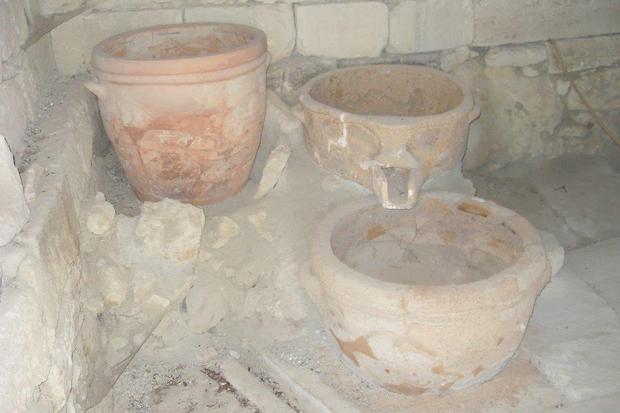
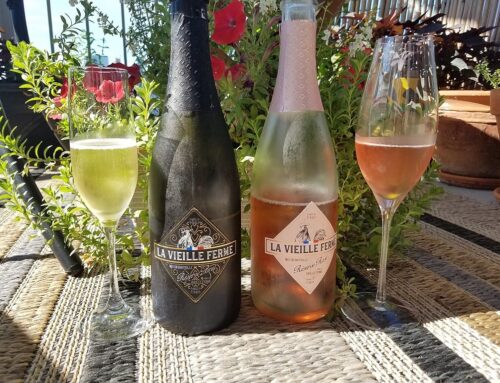
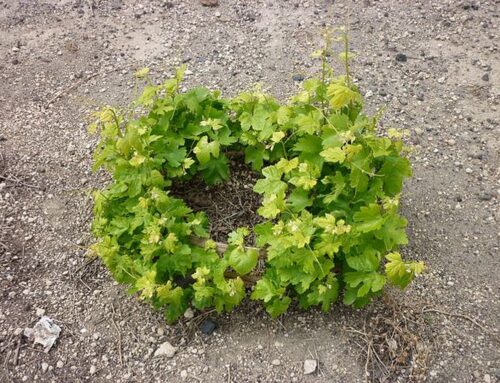

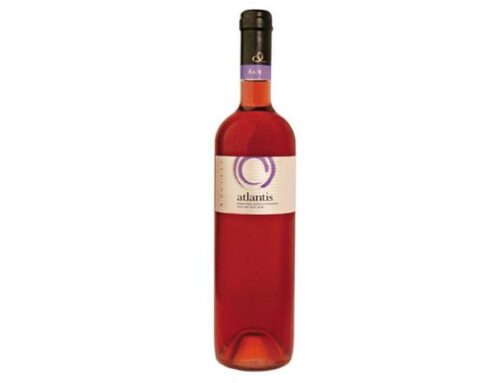
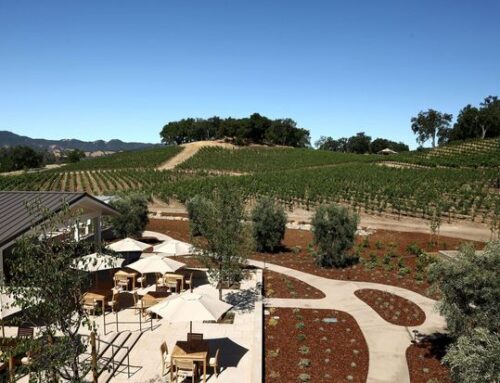
Leave A Comment